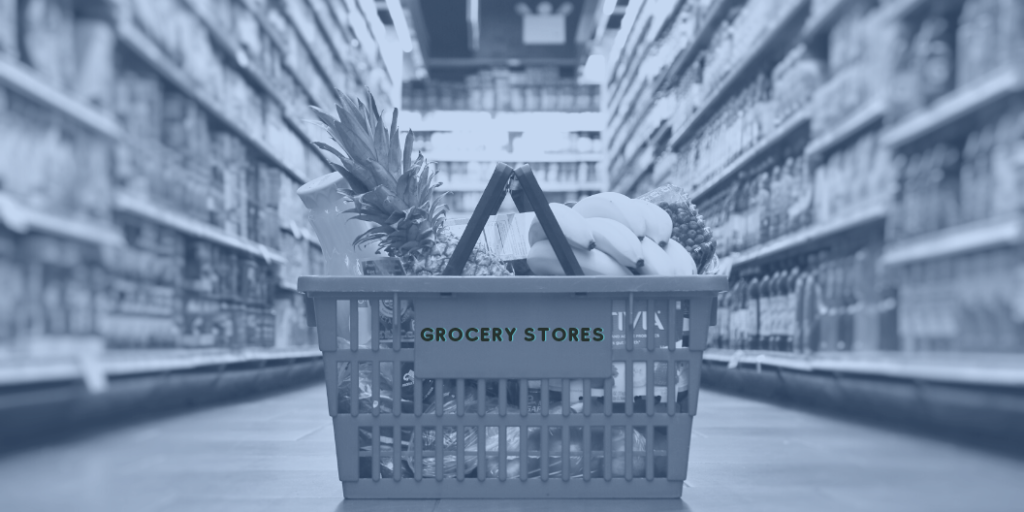We live in a world that both generates and feeds on massive amounts of data. Quality data can be transcendent; it directs businesses and allows them to outperform expectations. However, we’ve found that retailers don’t always recognize gaps in their data. They may think they have enough to feed a dynamic pricing engine that feasts on data, but then find themselves being beaten on price.
Some data is fairly easy to generate. Historical data that comes through the ERP or POS is highly accurate and based on actual events. Other data, such as competitor prices, are pretty easy to buy. However, the challenge for retailers is to identify the data they are missing, which would enable them to reach their full potential.
Performing a Data Gap Analysis
Your data gap analysis looks similar to any other type of gap analysis. Create a template with four columns, one for each of the following:
- Current State
- Potential State
- Identify the Gap
- Bridging the Gap
Current State
Begin by identifying your current data state. List all your internal and external data sources. This may include:
- Customer Information
- Demographic Data
- Pricing Data
- Promotional Data
- Competitor Pricing Data
The purpose of this step is to quantify all the data that is currently being used.
Potential State
Your potential state is the level of data that you are working towards. Again, it includes both internal and external data sources. Your list will include the data sources you are currently using, as this list shows your ideal data source list.
- Customer Information
- Demographic Data
- Pricing Data
- Promotional Data
- Competitor Pricing Data
- User Behavior Data
- Inventory Data
- Sales Data
- Environmental Data
This list should be comprehensive and may be created in consultation with your dynamic pricing provider.
Identify the Gap
As opposed to other more complex gap analysis that retailers employ, identifying the missing data sources is fairly simple. It is the potential state items that don’t appear in the current state list. In this example, the items are:
- User Behavior Data
- Inventory Data
- Sales Data
- Environmental Data
This list may contain both internal as well as external data. Oftentimes during this exercise retailers recognize that they haven’t been leveraging all their existing data and look for new ways to connect the data they already have into their pricing engine.
Bridge the Gap
The final step of your data analysis is finding actionable ways to integrate the date you want into your existing data lake. This might be as simple as connecting your inventory management system into your dynamic pricing engine, or as complicated as identifying relevant, external data sources and buying the data.
Enhancing Your Dynamic Pricing
Data fuels dynamic pricing, and comes from all types of sources, depending on the type of retail operation.
For example, pandemic data and predictions might influence pricing for home office equipment, which may be seeing increased demand, or for a luggage store, which may be less in demand.
Weather data could influence the sale of gardening equipment pricing, while sporting events data could impact pricing for team apparel.








